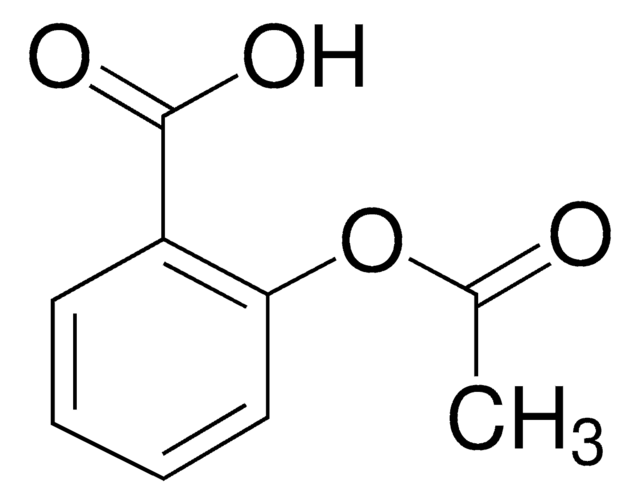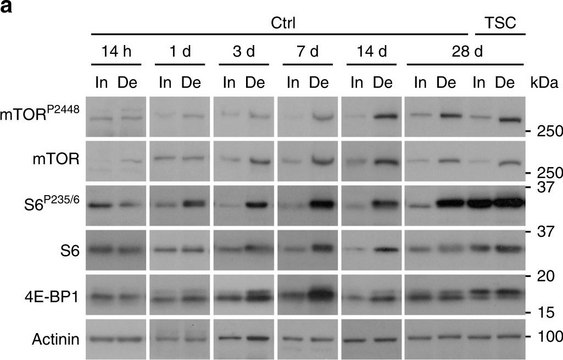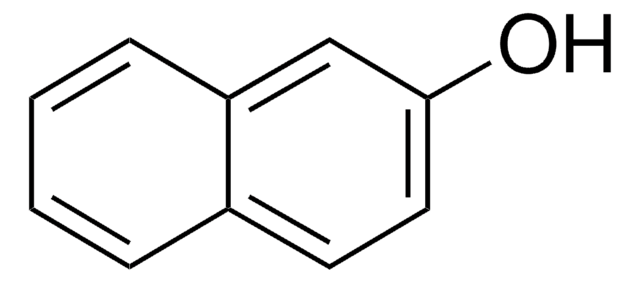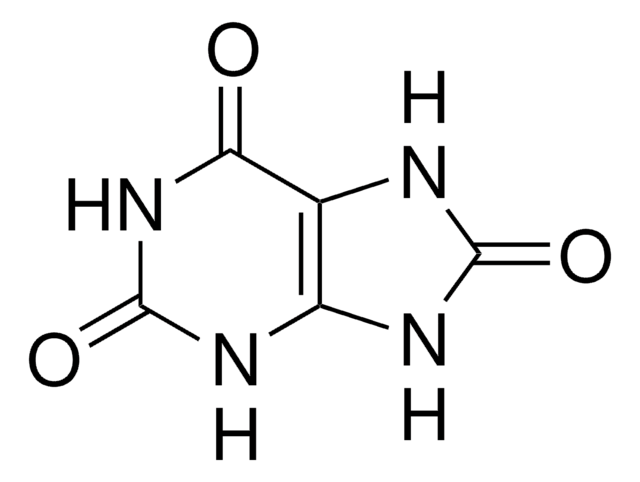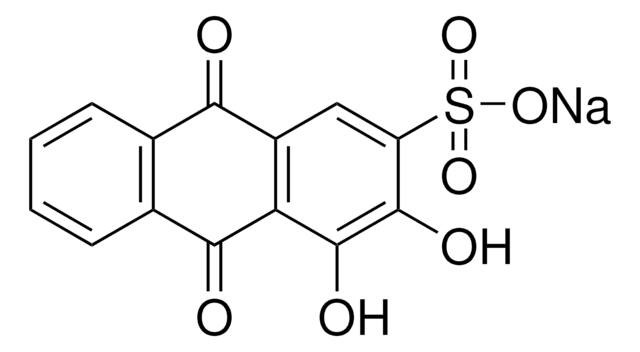A9776
α-Actinin from chicken gizzard
~80% α-actinin basis (SDS-PAGE), ammonium sulfate suspension
Sign Into View Organizational & Contract Pricing
All Photos(1)
About This Item
Recommended Products
biological source
chicken gizzard
Assay
~80% α-actinin basis (SDS-PAGE)
form
ammonium sulfate suspension
mol wt
100 kDa
storage temp.
2-8°C
Gene Information
chicken ... ACTN2(396263) , ACTN4(396024) , RCJMB04_23c5(373918)
human ... ACTN1(87)
mouse ... ACTN1(109711)
rat ... ACTN1(81634)
General description
α-Actinin exists as a rod-shaped antiparallel dimer with two elongated subunits. The domain region contains an N-terminal actin-binding domain with tandem calponin homology domains, a central tandem 3-helix motifs, and EF-hand motifs at C-terminus. It belongs to the spectrin superfamily and is localized in actin structures.
Application
α-Actinin from chicken gizzard has been used:
- as an antigen to coat plates for the capture of anti-actinin antibody using enzyme-linked immunosorbent assay (ELISA) from tumor cell line clones
- in in vitro motility experiments to test its effect on actin filament movement
- to coat cantilevers for strengthening fluorescently labeled actin filaments in force measurement studies
Biochem/physiol Actions
α-Actinin binds actin and has the ability to crosslink actin cytoskeleton. It also plays a key role in the structural maintenance of the Z-disk of striated muscle.
Packaging
Package size based on protein content
Physical form
Suspension in 2 M (NH4)2SO4 containing 20 mM Tris acetate, pH 7.6, 20 mM sodium chloride, 0.1 mM EDTA, 15 mM β-mercaptoethanol and 1 mM phenylmethylsulfonyl fluoride
Preparation Note
Alpha-actinin ammonium sulfate suspension should be mixed sufficiently and further diluted prior to use. Protein precipitate will be present in solution with high protein concentrations.
Prepared using a modification of the procedure of Neidel, J.E. and Cuatrecasas, P., Biochem. Biophys. Res. Commun., 91, 152 (1979).
Prepared using a modification of the procedure of Neidel, J.E. and Cuatrecasas, P., Biochem. Biophys. Res. Commun., 91, 152 (1979).
Storage Class Code
10 - Combustible liquids
WGK
WGK 3
Flash Point(F)
Not applicable
Flash Point(C)
Not applicable
Personal Protective Equipment
dust mask type N95 (US), Eyeshields, Gloves
Regulatory Information
动植物源性产品
常规特殊物品
Choose from one of the most recent versions:
Already Own This Product?
Find documentation for the products that you have recently purchased in the Document Library.
Meishan Li et al.
The Journal of physiology, 588(Pt 24), 5105-5114 (2010-10-27)
Muscle, motor unit and muscle fibre type-specific differences in force-generating capacity have been investigated for many years, but there is still no consensus regarding specific differences between slow- and fast-twitch muscles, motor units or muscle fibres. This is probably related
Nicola Cacciani et al.
Acta physiologica (Oxford, England), 229(1), e13425-e13425 (2019-12-05)
Critical illness myopathy (CIM) represents a common consequence of modern intensive care, negatively impacting patient health and significantly increasing health care costs; however, there is no treatment available apart from symptomatic and supportive interventions. The chaperone co-inducer BGP-15 has previously
Timothy Travers et al.
Biophysical journal, 104(3), 705-715 (2013-02-28)
The assembly of proteins into multidomain complexes is critical for their function. In eukaryotic nonmuscle cells, regulation of the homodimeric actin cross-linking protein α-actinin-4 (ACTN4) during cell migration involves signaling receptors with intrinsic tyrosine kinase activity, yet the underlying molecular
Flavius C Pascut et al.
Biochimica et biophysica acta, 1830(6), 3517-3524 (2013-02-14)
Online label-free monitoring of in-vitro differentiation of stem cells remains a major challenge in stem cell research. In this paper we report the use of Raman micro-spectroscopy (RMS) to measure time- and spatially-resolved molecular changes in intact embryoid bodies (EBs)
Norman Y Yao et al.
Physical review letters, 110(1), 018103-018103 (2013-02-07)
A hallmark of biopolymer networks is their sensitivity to stress, reflected by pronounced nonlinear elastic stiffening. Here, we demonstrate a distinct dynamical nonlinearity in biopolymer networks consisting of filamentous actin cross-linked by α-actinin-4. Applied stress delays the onset of relaxation
Our team of scientists has experience in all areas of research including Life Science, Material Science, Chemical Synthesis, Chromatography, Analytical and many others.
Contact Technical Service
